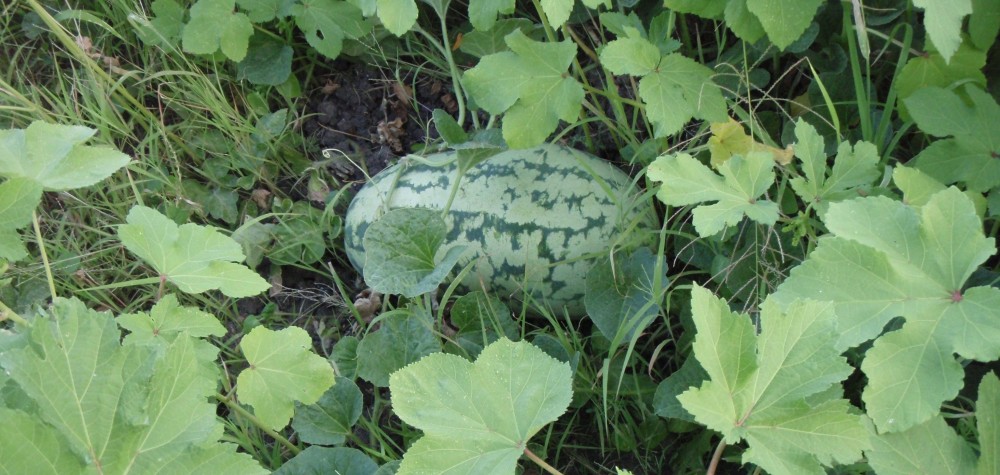Happy First Day of School in Texas!
I just received the text-messaged pictures of my granddaughters in front of their 2nd and 6th grade school buildings. With new clothes and big smiles, the first school day is always an exciting and memorable event. I still remember my new outfit for the first day of second grade.
Hopefully, it won’t rain on their first-day parade. It did yesterday, a deluge of a downpour about noon after church, holding people in the entries to run with papers over their heads for their cars and the umbrellas they left safely behind in their sunny exit an hour earlier. Perhaps, the warned-of El Niño is starting to have its effects.
El Niño is something of a mystery. Scientists don’t seem to know what exactly it is or what for certain causes it. What has been observed over the past 300 years is that at regular intervals, say 3 to 7 years, waters in the Pacific Ocean warm or cool in places and to extents they are not expected to warm or cool, and the trade winds above the waters shift and change in strength. When the waters warm, this is called an El Niño. When the water cool, it is called a La Niña. When these variations occur, they can last from 7 months to 2 years.
What does this mean for Texas and the planned school wardrobes? During an El Niño, significantly wetter winter weather has been experienced in the Southwestern United States including Texas, which means I hope the girls have new raincoats and shiny colorful rain boots. Other parts of North America can expect drier and warmer winter weather. Other parts of the world can expect up-and-down effects in the amounts of their precipitation and the patterns of their temperatures. None of this clear or predictable. It is mystifying. To paraphrase Mr. Dylan, “The weathers they are a-changin’.” We just don’t know when, how or to what extent, but we’re pretty sure they’re a-changin’.
The most recent El Niño started in September 2006 and lasted until early 2007. From June 2007 to early 2008, there was a moderate El Niña event. So, the timing is right for another.
These extreme weather fluctuations have possible secondary effects. The El Niño cycle has been associated with increased risks of some mosquito-transmitted diseases. Could the West Nile viral epidemic occurring in Texas right now have been triggered in some way by the approaching El Niño? We may never know, but it is suspected that El Niño may have been a factor in the demise of the pre-Colombian Moche culture in Peru, and a strong El Niño effect may have caused poor crop yields in Europe from 1789 to 1793 which helped spark the French Revolution. We are not far from our weather, and it greatly effects us where we’re at and what we do.
In 1892, it is reported that Peruvian sailors noticed an unusually warm northerly current. It was Christmas. The Spanish-speaking sailors thought of the small child that day commemorates and named the current. “El Niño” means “the little boy.” On this first day of school, let us trust the little boy to watch over our children and keep them dry and safe.
May a child’s smile brighten your day,
Grandpa Jim
